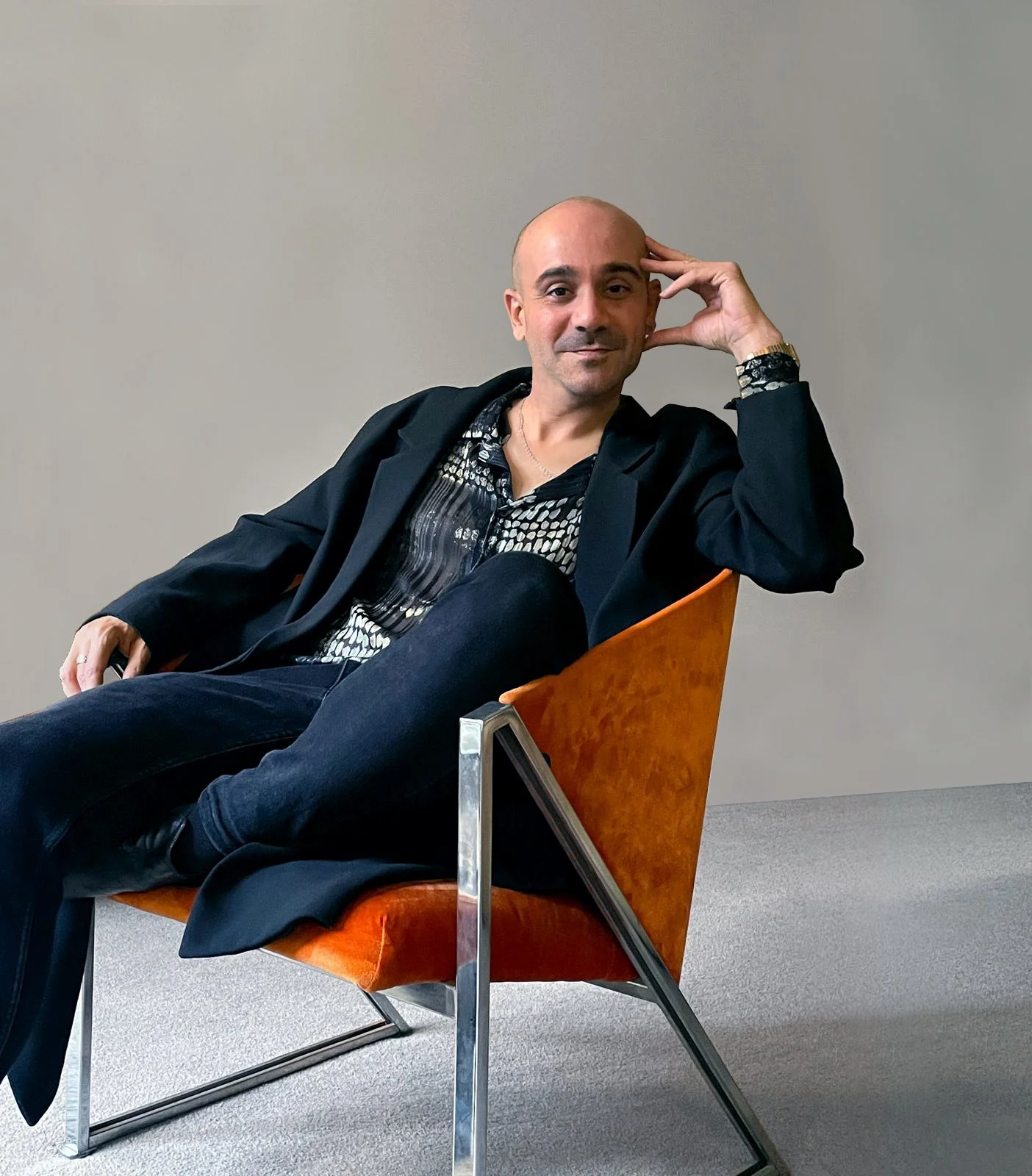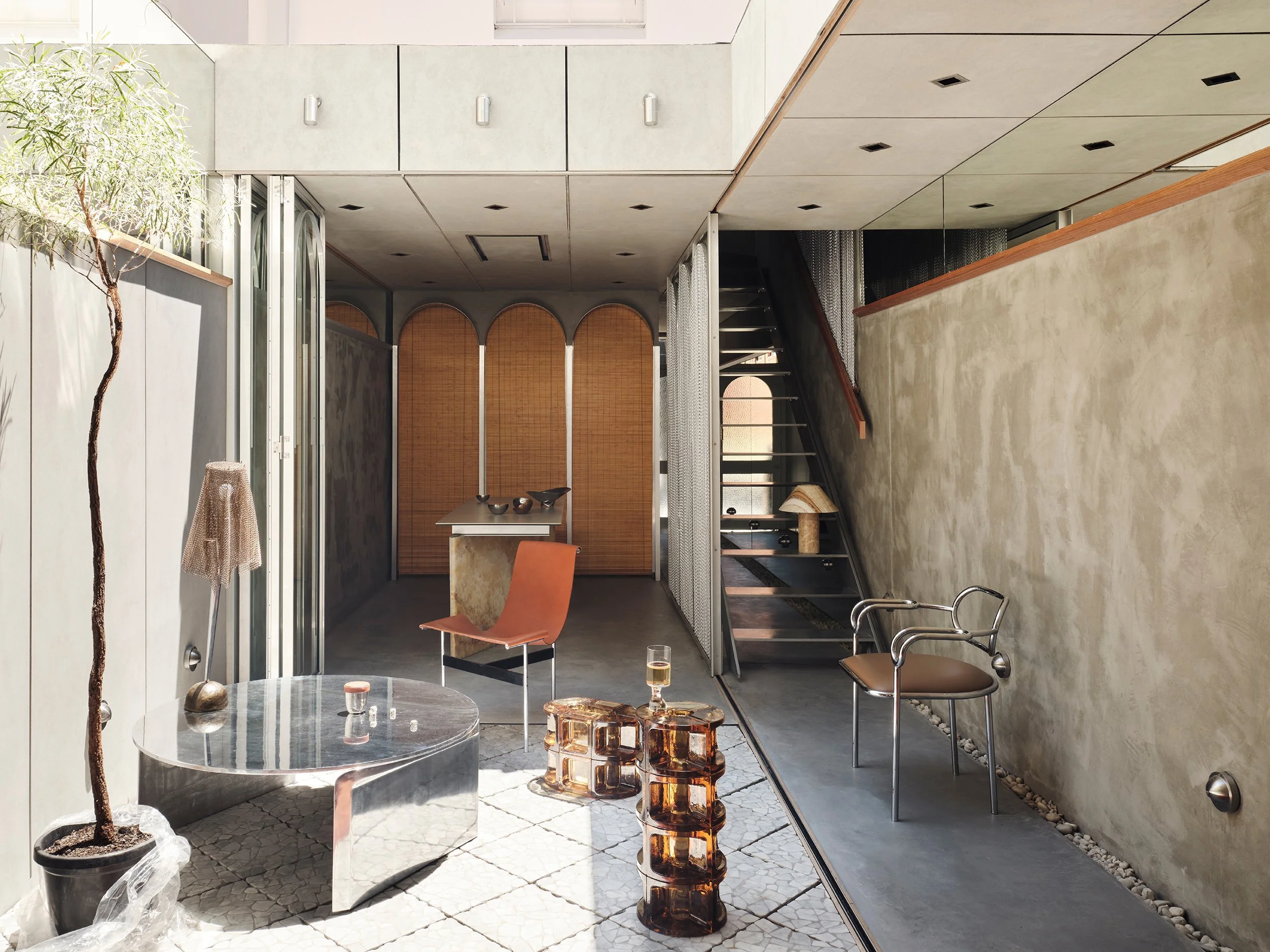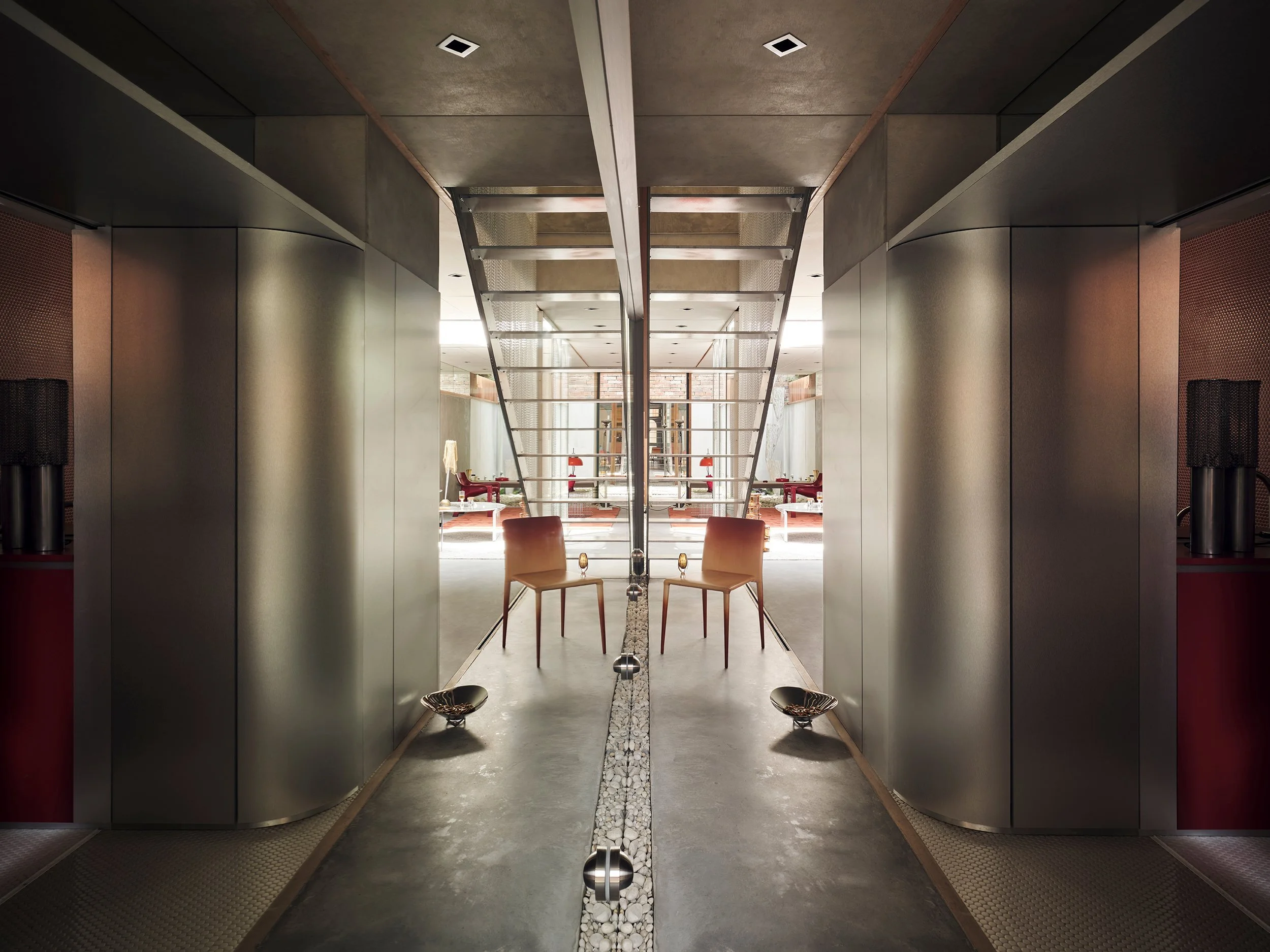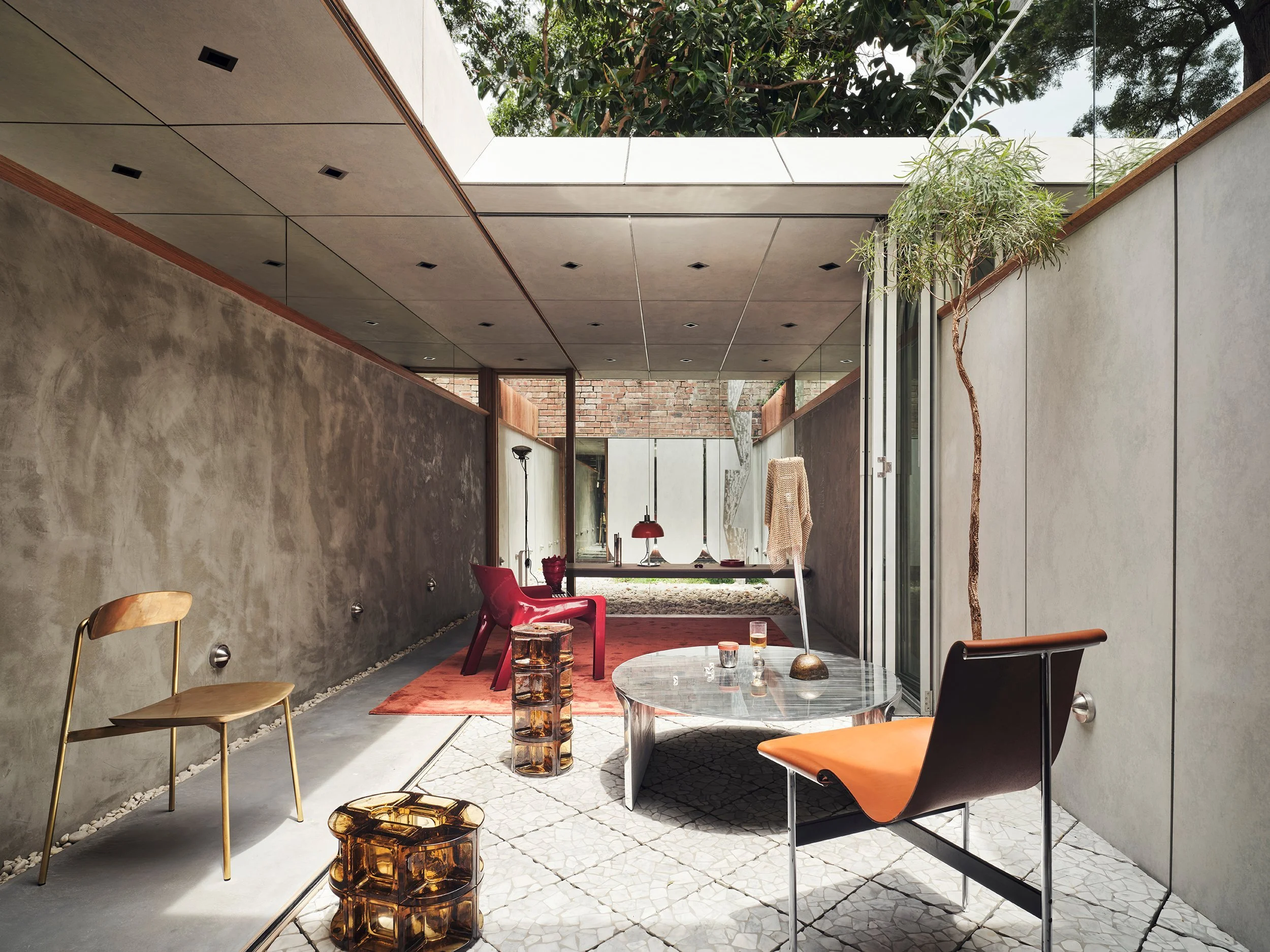In Conversation With: Victor Alcami, Alcami Architecture
We’re thrilled to share our recent conversation with Victor Alcami, director of the innovative studio Alcami Architecture—a practice where creativity, sustainability, and visionary thinking converge to shape spaces that inspire and endure. With a portfolio that spans cultural and educational institutions—from museums to space agencies—Alcami Architecture stands at the forefront of design that not only captivates but also carries deep social and environmental resonance.
We’re incredibly grateful to Victor for taking the time to speak with us and for the opportunity to spotlight one of his remarkable projects. His insights into the studio’s approach, values, and creative process offer a compelling glimpse into the world of architecture that seeks to transcend the ordinary and create experiences that resonate across generations.
Your approach to spatial fluidity and the need to create spaces that enrich the lives of people living in urban areas really resonates with many British homeowners. How could you reimagine some of the detailing in Terrace House Mirage for colder climates?
First of all, it's relevant to remind our readers that the terrace house is a typology that grows by repetition. This means that, since they are all very similar to each other, once the shared problems of these houses are identified, the solutions can be replicated across many of them.
When I designed Terrace House Mirage, there was a desire to create something unique within a typology that tends to homogenise the way we live – which is perhaps the most visible layer – but the main drive behind the project was to redesign the typology itself. The result proposes several typological corrections that can be adapted to terrace houses globally.
One of them is the elimination of corners to magnify the perception of space. In this pursuit, the elevated mirrors, partly inspired by the American Bar of Adolf Loos, are one such correction.
Another was combining the kitchen and the dining table using an induction system that allows cooking without heating the surface. This makes a small home much more efficient.
A third correction was to blur the relationship between inside and out of the house by designing the ground floor as an external garden. This includes a fully operable courtyard that, in warmer weather, allows the house to open up completely, offering an outdoor living experience previously unavailable to terrace houses.
Going back to your question of adaptability to the UK’s colder, rainier climate, I would probably look at traditional greenhouses for inspiration. This could allow the garden to be inhabited as if it were part of the interior, or help turn a very small plot into something that feels open-air. Then perhaps I'd ask: how can we do this in a more sustainable way? Could we replicate the intent of the greenhouses but with other materials? I think that line of questioning could lead to a beautiful construction detail.
Styling credits: 1.kitchen Ceramic bowl via Grandfather’s Axe. Glasses by Studio Dokola via Craft Victoria 2. bottom left,cast bonze Sia Chair by Tom Fereday. Painting by David Serisier from Liverpool Street Gallery. Mano Glass Sculptures & Cove Polished Aluminium Coffee table by Tom Fereday. Dice cup & dice from Georg Jensen. Glass by Joe Colombo, Katavolost T-chair, Chain mail lamp & Magistretti’s Vicario red chair, Med Resin Vase, Ponti Pipes Vase, Guzzini Faro Lamp and Asti Red Ashtray, all via via 506070. Flor Toio Lamp via Euroluce. Stainless Steel sculpture by Christopher Hodges via Utopia Art. Marco Terra Rug via The Rug Establishment.
Your approach to spatial fluidity and the need to create spaces that enrich the lives of people living in urban areas really resonates with many British homeowners. How could you reimagine some of the detailing in Terrace House Mirage for colder climates?
This is a very good question, and one I haven’t been asked before; following your line of thought, someone could say you’re taking a risk by asking it. Although I suspect you didn’t feel that way while writing it…
The truth is that, seemingly like you, I just enjoy what I do. Designing is an act of love. You have to love what you’re doing because, paradoxically, there’s often suffering in the process of creation. All you need is more love, and perseverance. Listen to yourself and trust your vision, but also stay open to others. Some opinions will be detracting, but others will help you make positive change. It’s a sort of yin and yang balance.
While I look at a lot of architecture, I often draw references from other industries that are more creative; or perhaps just less constrained by budget and construction. A film set, an art installation, even a dress can be inspiring. The fashion industry is incredibly imaginative. And everything can be translated into architecture, if you have the technical knowledge (and if not, you can always learn it). Rather than repeating what you’ve done before, every project becomes a new learning journey when you think this way.
Know yourself, and be ready to be alone. The creative process, especially when starting a practice, can be a very lonely exercise. I did Terrace House Miragefrom my home, on a single computer, during the Covid lockdown.
Believe in yourself, and have fun. If I did this project with a computer, you can too.
The importance of culture resonated deeply with this project—the mix of Spanish and Australian design. In wider popular culture, in part due to social media, there are now 'uniformed' global looks and interior trends that pay no homage or care to these factors—what are your thoughts?
We live in an increasingly interconnected world. You might expect that more social interaction would lead to stronger, more solidified cultures; but in reality, the immediacy of online interaction doesn’t allow anything deep enough to become truly local.
The result is a very well-connected cultural boredom. Everyone is looking in the same places, seeing the same things, copying from the same sources.
It’s interesting that with their 1960s Continuous Monument, Superstudio already raised the issue of urban homogenisation. And yet, we not only failed to change that trajectory, we went beyond the physical boundaries of space and carried that sameness into the digital world.
I think it’s important to look back; beyond our generation, our century, even our millennium. The true expression of humanity, in all its complexity and nuance, is there -in our history- waiting to be heard and reinterpreted as a way to embrace difference.
I’ve always been fascinated by how different cultures and languages offer unique ways of seeing the world. No single culture is “the right one,” but rather, we exist as a collection of overlapping interpretations. In our Western, introspective, individualised culture, we often forget that we’re all a mix of influences.
Did you know that the word “tomato” comes from the Náhuatl word "tomatl". This fruit was cultivated by the Aztecs and all the tomatoes in the world originally come from this region of America.
What projects do you have on the horizon? And what new creative elements are you looking forward to integrating or trying out in your next projects?
One project I recently completed is called The Grid. It’s an office design for a company working with satellites. It hasn’t been published yet, but visually, it looks very different from Terrace House Mirage.
For a while, I was concerned with defining -or finding- my own architectural style. Looking back, that seems like a funny concern. Like many architects, I used to think “style” was synonymous with aesthetics. Countless books have been written about beauty and composition…
But unless you’re looking for the kind of confidence that comes from repeating a mannerism, I believe your “style” is simply what emerges from the way you practice. In my case, I realised what I truly enjoy is the act of approaching a project as a language. The aesthetics are not the goal; they’re the outcome of a process I love.
Right now, I’m fascinated by the conceptualisation of architecture. I see it as a way to trigger deeper conversations, like in contemporary art, not just about the building process or construction methodologies, but about the world we live in.
For instance, The Grid raises questions about dominance and surveillance from space, while also expressing concerns about the long-term health of the atmosphere. The space industry plans to multiply the number of satellites fivefold in the next decade, while space junk already clutters our exosphere.
The project draws inspiration from space films, science fiction, and the sensory experience of gravitational bodies. The result, in my opinion, is a multi-layered composition where concepts unfold at different scales; like an old song where, with each listen, you hear a new instrument.
Because of my deeply intentional approach, I can only take on a few projects at a time. I prioritise quality over quantity and enjoy being challenged. I’ve just completed The Grid, and while many of my clients are involved in the arts, I honestly don’t know what the next project will be.
If I could choose, I’d love to design an art gallery, a public pavilion, a theatre or even a nightclub; any space that can become a shared experience. Maybe this project will come from one of the readers of Fluxx. You never know...
What designers or artists do you have your eye on or who can you recommend to our readers?
Maggot Brain by Funkadelic (I’m listening to this as I write)
The changing quality of light at sunrise; observing how it alters our perception of colour and space
Desiderata by Max Ehrmann
Octatrack by Elektron, a music-making tool that’s all about creative layering
Stanley Kubrick, for his visionary approach to film
Joseph Walsh, for his sculptural, almost impossible furniture
Images courtesy of Alcami Architecture. Styling by Clare Delmar. Photography by Dave Wheeler.






